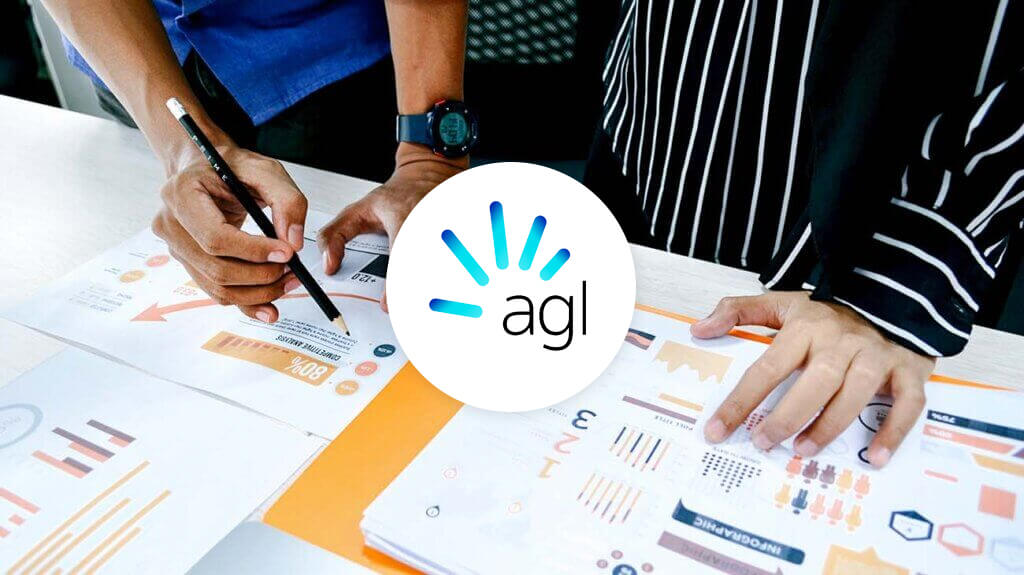Industry
Energy
Service
Machine Learning
Business Challenge
AGL is an energy generator and retailer servicing over 3.4m customers and employing 3,700+ people. In 2018 AGL generated $12.8b revenue. They rely on accurate readings of customers’ electricity and gas meters in order to produce invoices.
Outside of Victoria, the vast majority of meters are analog which need to be manually read and if the meter cannot be accessed energy usage is estimated, which can lead to bill shock.
In response, AGL allows customers to read their own meter and provide the estimate, however getting an accurate reading is challenging without guidance.
Success Criteria
- Evaluate the feasibility of using machine learning to assist customers in reading their own meter.
- Develop a custom machine vision solution to classify different types of energy meters and accurately extract readings.
- Deploy the solution within the AGL mobile app, ensuring it can function with limited or no mobile signal coverage and without requiring connectivity to AGL systems.
Solutions
- AGL provided Mantel Group with a large set of images for training purposes that were representative of the breadth and complexity of the use case:
- Several different meter types each with a different layout.
- Meter layout not intuitive and not clear how to infer a reading.
- Meter often one of many, for example in an apartment block, and not clear how a customer can identify which is theirs.
- Images often impacted by glare or reflection which impacted accuracy of the reading.
- A joint Mantel Group and AGL team was assembled to accurately label each image to enable model training.
- Using the live video stream on the mobile device enabled the solution to perform up to 10 reads per second, building up a more accurate prediction, and providing real time feedback to the user guiding them through identifying their meter and performing an accurate reading.
- Mantel Group selected Tensorflow on Google Cloud’s AI Platform to train the model using accelerated computing (GPU/TPU).
- The model was deployed within the iOS and Android apps using Tensorflow lite to optimise for the mobile device.
Outcomes
- The solution was developed over a period of 12 weeks and tested via field trials in South Australia.
- Over 300 trial meter readings were performed: ~74% achieved accuracy of within $5 of the actual bill.
- Average time to take readings was 5–6 seconds, less than half the time taken by an average human reader.
- The model architecture and pipeline was handed over to AGL for ongoing development and production release.
For a more detailed synopsis, see our blog post.
